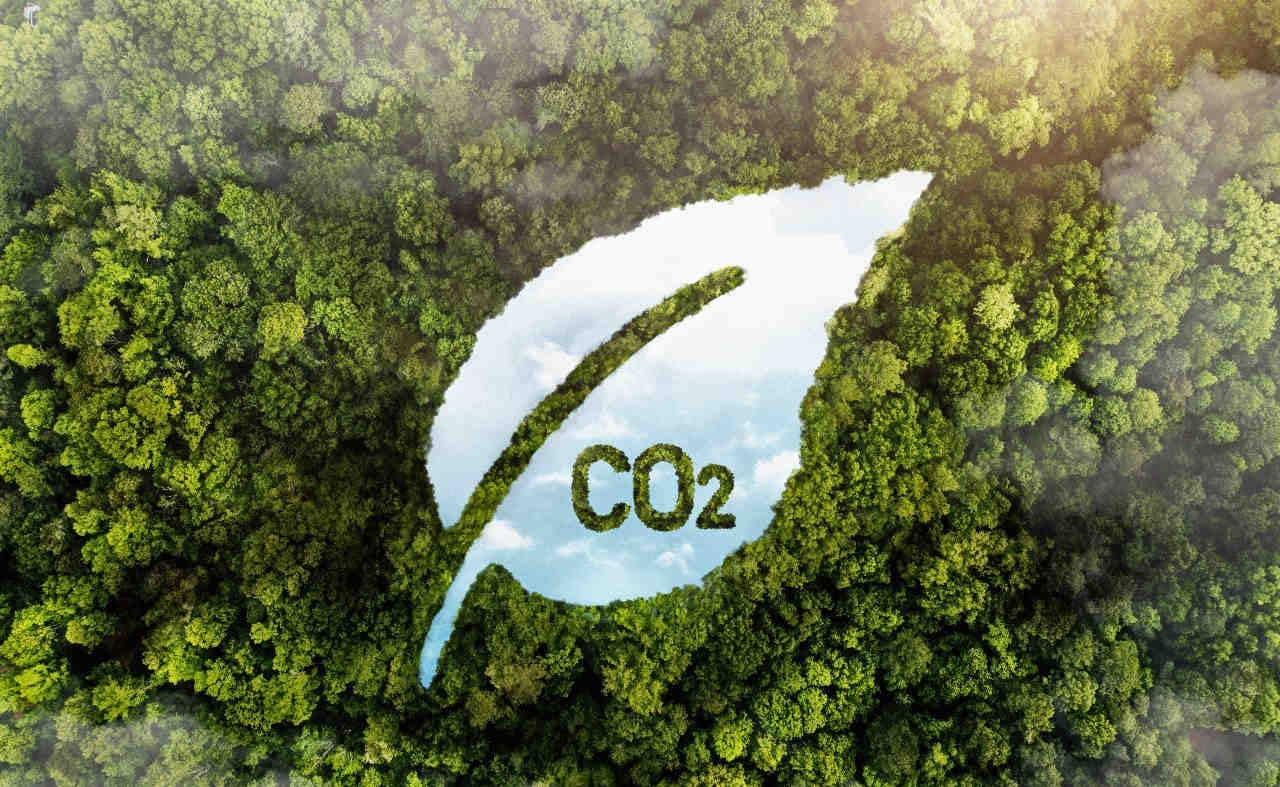Significato di ESG (Environmental, Social and Governance)
The acronym


In recent years, growing concern about environmental issues and the political will to act have led to the evolution of ESG issues. Find out in this article what ESG criteria are and their importance for companies and their investors.
Read the articleThe acronym

The 'E' criteria assess the company's behaviour towards the environment. In particular, environmental factors refer to the need to promote production processes that require less energy and thus, have a


ESG represents a set of fundamental evaluation criteria for verifying, measuring, controlling and supporting a company's or organisation's commitment to sustainability, and is an increasingly important element in

ESG criteria are based on three major, closely related themes: awareness of environmental limits, the concept of resource management and the


In order to understand whether the three criteria have been effectively expressed at the corporate level, there are specialised agencies that develop scores, known as

The reference points of ESG logic can be identified in two major moments in the history of sustainability:

ESG and the principle of Carbon Neutrality, represent an important benchmark for

Sustainable finance is the practice of considering

Sustainable

The
Article edited by Angelina Tortora

Do you have any doubts or other curiosities about this article? Here you will find some insights